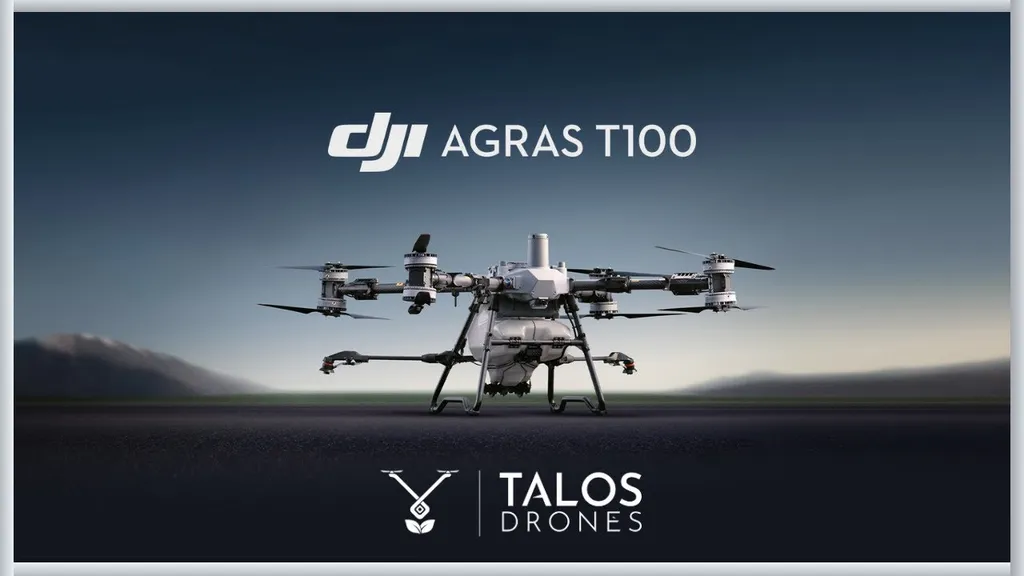In the heart of Italy, a unique academic course is reshaping how students engage with Unmanned Aircraft Systems (UAS), commonly known as drones, and its potential applications are sending ripples through various industries, including agriculture. The elective course, “UAS for Landscape and Architectural Surveying,” offered at the Politecnico di Torino, is not just about teaching students to fly drones; it’s about fostering an interdisciplinary approach to problem-solving and innovation.
The course, launched in 2017 through a collaboration between two departments at Politecnico di Torino, has seen a steady increase in student enrollment, reflecting a growing interest in leveraging UAS to simplify, automate, and accelerate tasks. The course is structured around a “learning-by-doing” pedagogy, which begins with theoretical lessons covering drone legislation, digital photogrammetry, computer vision, and the Structure from Motion (SfM) methodology. Students then put this knowledge into practice, piloting drones to survey designated sites, processing the data they capture using commercial SfM software, and presenting their projects.
For the agriculture sector, the implications are significant. Drones equipped with advanced sensors and cameras can monitor crop health, assess soil conditions, and even plant seeds, all while collecting data that can be analyzed to improve yields and reduce waste. The course at Politecnico di Torino is equipping students with the skills to harness these technologies, potentially revolutionizing precision agriculture.
“The course is not just about teaching students to fly drones,” said lead author A. Martino from the DAD, Department of Architecture and Design at Politecnico di Torino. “It’s about fostering an interdisciplinary approach to problem-solving and innovation. Students from diverse backgrounds—Architecture, Urban Planning, Civil, Building, and Environmental Engineering, as well as Computer, Aerospace, Cinema, and Digital Media Engineering—are coming together to explore the vast potential of UAS.”
The course also includes seminars showcasing drone applications in areas such as early warning systems, precision agriculture, and humanitarian missions. This broadens students’ perspectives and encourages them to think creatively about how UAS can be used to address real-world challenges.
The research was published in ‘The International Archives of the Photogrammetry, Remote Sensing and Spatial Information Sciences’, underscoring its relevance and potential impact on the field. As the agriculture industry continues to evolve, the skills and knowledge gained from this course could be instrumental in driving innovation and efficiency.
The course’s interdisciplinary approach and emphasis on practical, hands-on learning are setting a new standard for education in this rapidly evolving field. As students graduate and enter the workforce, they will bring with them a unique set of skills and a fresh perspective on how UAS can be used to transform industries, from agriculture to urban planning and beyond.
In the ever-evolving landscape of technology and innovation, the course at Politecnico di Torino stands as a beacon of what is possible when diverse disciplines come together to explore the potential of emerging technologies. As the agriculture sector continues to embrace precision farming techniques, the role of UAS is set to become even more critical, and the students of this course will be at the forefront of this exciting transformation.

